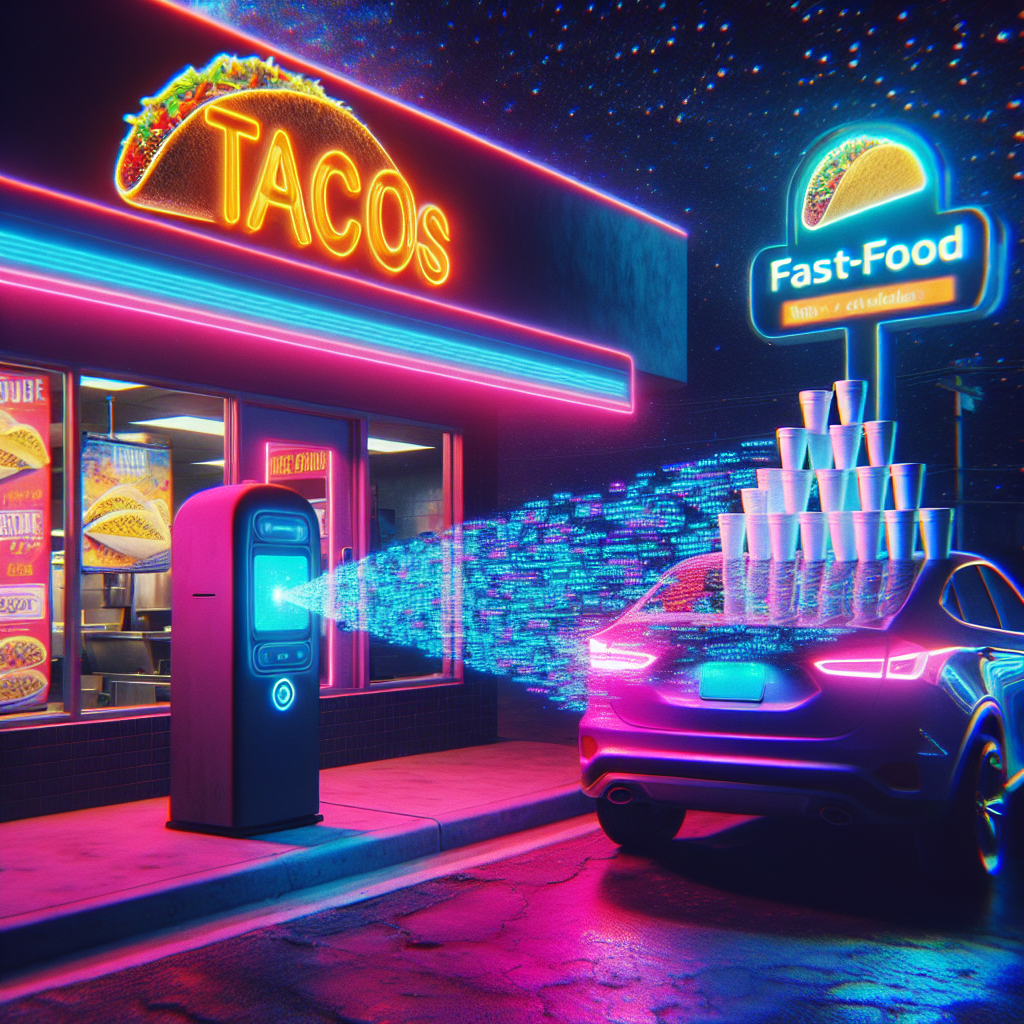Taco Bell’s Chief Digital and Technology Officer, Dane Matthews, has revealed that the company is currently engaged in what he describes as an “active conversation” about the appropriate circumstances in which artificial intelligence should, and conversely should not, be employed within its operations. His comments underscore the fact that even for a major fast-food brand eager to innovate, the pathway to integrating new technologies is far from straightforward, as it involves weighing efficiency gains against possible drawbacks in customer experience.
The chain has already introduced AI-driven voice ordering systems in over 500 of its drive-through locations, a considerable implementation that demonstrates both the company’s ambition and its willingness to experiment with cutting-edge tools. However, this rollout has not been without complications. In some widely circulated viral incidents, customers have attempted to “outsmart” the system—one particularly memorable case involved a prank order for 18,000 water cups, a move allegedly designed to overwhelm the AI and force a handoff to a human employee. Episodes like this have highlighted the potential vulnerabilities of relying on automated interfaces in a high-traffic, real-world environment where customers can be unpredictable.
Matthews himself has been candid about his personal encounters with these technologies. In remarks given to *The Wall Street Journal*, he admitted that his experiences with AI have been mixed: certain moments have left him disappointed and revealed its current limitations, while other occasions have genuinely impressed him with the system’s unexpected capacity to perform effectively. His dual perspective reflects the broader challenge of AI adoption—its performance is often inconsistent, which can leave organizations questioning the degree to which they can and should depend on it.
Taken as a whole, it appears that Taco Bell has not yet settled firmly on a universal approach to AI in its drive-through operations. Instead, the company seems inclined to allow flexibility among its franchisees, giving individual locations some autonomy to decide whether or not AI should be engaged at a given time. Matthews even suggested that during peak hours at especially busy restaurants—where customer lines are long and the stakes for swift and accurate service are very high—it may be more practical for human staff to take over the ordering process entirely, rather than leaning exclusively on automated systems.
To guide its teams through these decisions, Taco Bell is planning to offer tailored coaching for restaurant operators. Matthews explained that recommendations will be situational rather than rigid: at some restaurants, during certain shifts or times of day, the directive might be to rely heavily on voice-enabled AI, while in other contexts the guidance will be to closely supervise the system, ready to intervene manually whenever necessary. This adaptive approach reflects an acknowledgment that no single technological solution is universally optimal across all circumstances, and that the balance between machine efficiency and human judgment may need to shift fluidly depending on customer demand and operational context.
Sourse: https://techcrunch.com/2025/08/30/taco-bell-is-having-second-thoughts-about-relying-on-ai-at-the-drive-through/



